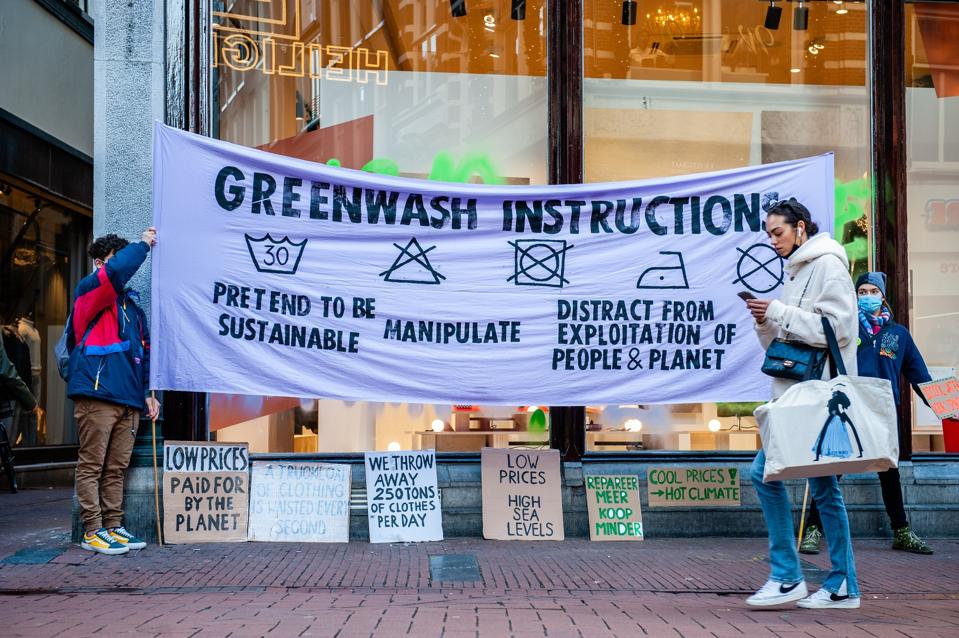In the world of apparel and style, the term “sustainable fashion” often appears, but what does it really mean, and why does it matter? For the persons referring to this branch of fashion, clarity is non‐negotiable. At its core, according to Lindenwood University, sustainable fashion describes clothing, footwear and accessory production, distribution and consumption carried out in a way that minimizes environmental harm and promotes social justice. More precisely, it takes into account the full lifecycle of a garment, from raw material sourcing, manufacturing, logistics, usage, and end-of-life disposal or reuse.
The Urgency Of Sustainable Fashion
Why is the urgency so real? According to the United Nations, the fashion industry is among the largest consumers of freshwater and is responsible for roughly 93 billion cubic meters per year according to the same source. In addition to this, 10% of global carbon emissions is attributed to the fashion sector. Then there is the issue of waste, According to the Ellen MacArthur Foundation, the world produces over 92 million tons of textile waste annually. These figures show the scale of the challenge and sustainable fashion is not simply “less bad” fast fashion, demands systemic change. It means shifting the linear model of make–use–waste to a more circular approach which involves fewer resources, more reuse, sharing, repair, and longer life for garments according to a recent Lightspeed article.
How Brands Hide Behind Sustainable Fashion Claims
From a market perspective, the momentum is real as the global sustainable fashion market was valued at USD 8.1 billion in 2024, and is projected to reach USD 33.1 billion by 2033, at a compound annual growth rate of about 22.9 % according to Custom Market Insights. However, the space is being muddied by greenwashing, the deceptive practice of making products appear more environmentally responsible than they are. According to the Changing Markets Foundation, nearly 60 % of sustainability claims made by major fashion retailers are misleading. For example, H&M has faced lawsuits for “false and misleading” sustainability marketing, while Zara’s Join Life line represents only a fraction of its overall fast-fashion output. Boohoo’s “Ready for the Future” range was criticized by the UK Competition and Markets Authority for vague claims despite including non-biodegradable synthetics like acrylic, and ASOS was ordered by the same regulator to clarify its “eco” labelling in 2024. Together, these cases illustrate how the industry’s sustainability narrative is often overstated, and how credible progress risks being overshadowed by marketing spin. A deeper dive into brands and their sustainability claims and greenwashing is highlighted in the Change Markets License to Greenwash report.
Spotting Greenwashing in Today’s Sustainable Fashion Landscape
Spotting greenwashing requires discernment and data literacy. According to the UK Competition and Markets Authority, brands must substantiate environmental claims with “clear, verifiable, and complete information” across the product lifecycle, including sourcing, manufacturing, and disposal. The Ellen MacArthur Foundation adds that legitimate sustainable fashion should disclose actual material composition percentages, third-party certifications or validation of claims and evidence of reduced water, chemical, or carbon impact. Red flags include vague labels such as “eco,” “green,” or “sustainable” without quantifiable proof, minimal “sustainable” capsule lines that mask large-scale overproduction, or recycled-content claims that ignore the energy intensity of processing. Especially since the consequences of fast fashion is damaging our environment.
How Global Events Can Drive Change When Sustainable Fashion Takes the Stage
As the fashion industry confronts its environmental footprint, progress will depend not only on brand accountability but on collective cultural influence. Major global events are beginning to use their platforms to amplify this dialogue. Miami Fashion Week®, officially recognized by the CFDA’s Fashion Calendar Important Dates, exemplifies how fashion can become a catalyst for sustainability rather than a contradiction of it. During its recent staging, the event intentionally centered its programming on fashion, art, sustainability, and innovation, bridging creativity with climate consciousness.
“The MIAFW Summit is all about conversation and discovery,” said Lourdes Fernandez-Velasco, Executive Director of Miami Fashion Week. “It’s where education, sustainability, and technology meet, showcasing Miami’s rise as a global fashion hub and shining a light on diverse voices and the next generation of talent.” That emphasis on dialogue and inclusion matters. Events like Miami Fashion Week can help shift sustainability from niche panels to the main stage, where designers, educators, and innovators can reimagine fashion’s role in shaping a responsible future.
In a world where 10 % of global carbon emissions and 92 million tons of textile waste are linked to fashion, change cannot rest solely on consumer choices or brand promises. It must be anchored in collaboration between design schools, policymakers, media, and cultural leaders who set the tone for what is desirable and possible. Sustainable fashion is more than an industry trend; it is a movement that requires transparency, data, and the courage to question business as usual.

